Introduction
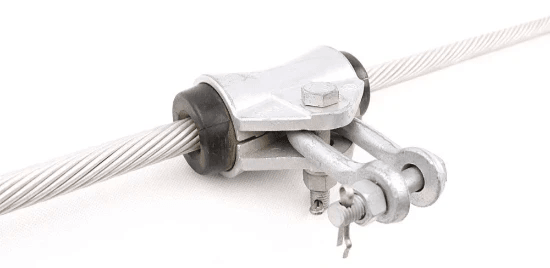
When it comes to surface preparation and finishing, the sand blast machine stands out as a powerhouse tool in the arsenal of abrasive blasting equipment. This machine utilizes high-pressure air to propel sand blast sand at surfaces, effectively removing paint, rust, and other contaminants with precision. Understanding how this equipment operates is crucial for anyone looking to achieve professional results while maintaining safety.
Understanding the Sand Blast Machine
The sand blast machine operates on a simple yet effective principle: it uses compressed air to accelerate abrasive materials toward a workpiece. This process, known as sand blasting, not only cleans surfaces but also prepares them for further treatment or painting. Familiarity with the components of a sand blasting system—including the compressor, nozzle, and hopper—will help you maximize efficiency and effectiveness in your projects.
Importance of Safety in Sand Blasting
Safety should never take a backseat when operating any type of machinery, especially with something as powerful as a sand blast machine. The process can create dust clouds containing fine particles that pose respiratory hazards if proper precautions aren’t taken. By prioritizing safety measures such as wearing appropriate personal protective equipment (PPE), you can prevent accidents and ensure that your experience with abrasive blasting equipment remains productive and safe.
Overview of Sand Blasting Equipment
A complete sand blasting setup involves more than just the sand blast machine; it requires various types of sand blast equipment designed for specific tasks. From pressure pots to siphon systems, each piece serves an essential function in achieving optimal results during your projects. Additionally, knowing where to find quality supplies—like sand blast sand near me—can make all the difference in ensuring your operations run smoothly.
Safety Gear Essentials

When it comes to sand blasting, safety should always be your top priority. The right personal protective equipment (PPE) can make the difference between a safe operation and a potentially hazardous situation. Choosing the appropriate gear ensures that you can work effectively with your sand blast machine while minimizing risks.
Choosing the Right Personal Protective Equipment
Selecting the right personal protective equipment is crucial for anyone operating a sand blast machine or working with abrasive blasting equipment. Start with a high-quality helmet that fits snugly and offers full-face protection; this is essential when dealing with flying debris from sand blast sand. Don't forget about body protection—wear durable coveralls designed to withstand abrasives, along with aprons or sleeves if necessary.
Additionally, consider investing in hearing protection, as the noise generated by a sand blasting system can be quite loud and damaging over time. Look for gloves made of cut-resistant materials to protect your hands from sharp objects and ensure they provide a good grip on your tools. Remember, being well-equipped not only enhances safety but also boosts confidence while operating your equipment.
Importance of Respirators and Face Shields
The importance of respirators and face shields cannot be overstated when working with any form of sand blasting. Fine particles generated during the abrasive blasting process can easily become airborne, posing serious respiratory hazards if inhaled. A properly fitted respirator will filter out harmful dust and ensure you breathe clean air while using your sand blast machine.
Face shields are equally important as they offer an additional layer of protection against flying debris that could cause eye injuries or facial cuts during operation. Make sure to choose face shields that are compatible with other PPE you’re wearing, such as helmets or goggles, for maximum effectiveness. Investing in quality respiratory protection is not just smart—it's essential for maintaining long-term health in this line of work.
Footwear and Gloves: What to Wear
When it comes to footwear for operating a sand blast machine, sturdy steel-toed boots should be at the top of your list; they protect against heavy falling objects while offering slip resistance on potentially hazardous surfaces. Look for boots specifically designed for industrial use—they often come equipped with features like waterproof materials and puncture-resistant soles that add an extra layer of safety during abrasive blasting tasks.
Gloves are another critical component of your safety gear; choose gloves made from materials resistant to cuts and abrasions, ensuring they provide both dexterity and durability when handling tools or materials like sand blast sand near me. Avoid using regular fabric gloves as they offer little to no protection against sharp edges or hot surfaces encountered during operations. By investing in high-quality footwear and gloves tailored for abrasive environments, you're setting yourself up for success while keeping safety front-of-mind.
Pre-Operation Checklist
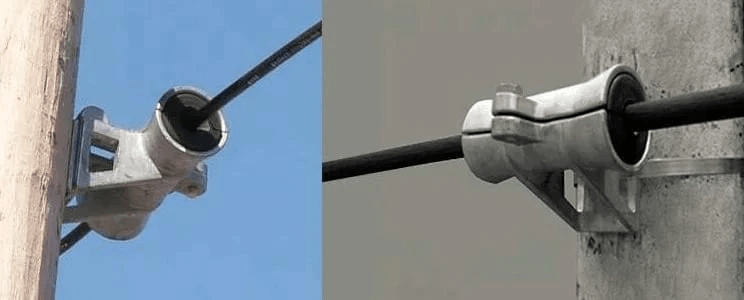
Before diving into the world of sand blasting, it's crucial to perform a thorough pre-operation checklist. This ensures that your sand blast machine is ready for action and that you’re working in a safe environment. Remember, a little preparation goes a long way in preventing accidents and ensuring effective use of your sand blast equipment.
Inspecting Your Sand Blast Equipment
First things first—give your sand blast machine a good once-over! Check for any signs of wear, leaks, or damage to hoses and fittings; even the smallest issue can lead to big problems when you start abrasive blasting. Make sure that all components are securely attached and functioning properly; after all, the last thing you want is for your sand blasting system to malfunction mid-job.
Don't forget to inspect the nozzle and air supply connections as well. These parts are critical for maintaining optimal pressure during operation, so ensure they're clean and free from blockages. If you're unsure about any part's condition, consult the manufacturer’s guidelines or seek advice from professionals who specialize in sand blast equipment.
Ensuring Proper Ventilation
Ventilation might not be the first thing on your mind when preparing for sand blasting, but it’s absolutely essential! Proper airflow helps dissipate harmful dust particles generated during abrasive blasting, keeping both you and your workspace safe. If you're working indoors or in an enclosed space, make sure there are adequate exhaust systems or open windows to promote airflow.
Consider using fans or other ventilation devices if natural airflow isn’t sufficient; this will help keep dust levels manageable while ensuring that fresh air circulates around you as you operate the sand blast machine. A well-ventilated area not only enhances safety but also improves visibility—making it easier to see what you're doing!
Setting Up a Safe Workspace
Creating a safe workspace is just as important as inspecting your equipment or ensuring ventilation. Start by clearing away any unnecessary items from around your sand blasting area; clutter can be hazardous when working with high-pressure equipment like a sand blast machine. Designate specific zones for different activities—like storing materials safely away from where you'll be operating abrasive blasting equipment.
Next, ensure that all safety gear is readily available within arm's reach so you're always prepared before starting any job with your sand blast equipment. Lastly, have an emergency plan in place; know where first aid kits are located and how to contact emergency services should something go awry during operation.
Operating the Sand Blast Machine
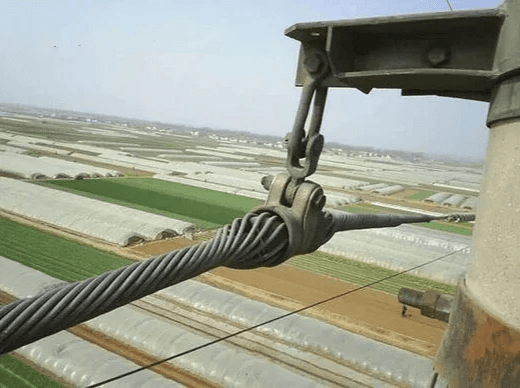
Operating a sand blast machine can be both an art and a science, requiring skill, precision, and a solid understanding of safety practices. Whether you’re a seasoned pro or just starting with sand blasting, it's crucial to familiarize yourself with the process to achieve the best results. With the right approach, your sand blasting system can transform surfaces efficiently while keeping safety at the forefront.
Step-by-Step Guide to Sand Blasting
To kick off your sand blasting adventure, start by preparing your workspace and gathering all necessary sand blast equipment. Ensure that you have your personal protective gear on—safety first! Once everything is set up, load your abrasive blasting equipment with high-quality sand blast sand near me that suits your project needs.
Next, connect the air supply to the sand blast machine and adjust it according to the manufacturer's recommendations. Before you begin actual blasting, test spray on a scrap piece of material to get a feel for pressure and distance. Finally, once you're comfortable with settings and technique, move onto your intended surface in smooth strokes for even coverage.
Controlling the Pressure and Distance
Controlling pressure is key when operating any sand blast machine; too much can damage surfaces while too little may not yield effective results. Typically, you'll want to maintain pressure between 40-100 PSI depending on what you're blasting—wood may require less than metal or concrete. Experimenting within this range allows you to find that sweet spot where efficiency meets effectiveness.
Distance from the surface also plays a vital role in achieving optimal results with your abrasive blasting equipment. Generally speaking, keeping about 12-18 inches away will provide adequate coverage without causing harm to delicate materials. Adjusting both pressure and distance as needed will help ensure that every job is completed successfully without unnecessary complications.
Tips for Effective Abrasive Blasting
For effective abrasive blasting using your sand blast machine, consider using consistent movements at a steady pace across the surface area being treated. This technique helps avoid uneven spots or excessive wear in one location—nobody wants patchy results! Additionally, overlapping each pass slightly ensures complete coverage without missing any spots.
Keep an eye on how quickly you’re consuming your abrasive materials; if it seems like you're going through more than expected (or less), reevaluate both pressure settings and distance from the workpiece accordingly. Lastly, remember that practice makes perfect; don’t hesitate to refine techniques as you become more familiar with different types of surfaces and materials encountered during projects.
Common Hazards and How to Avoid Them
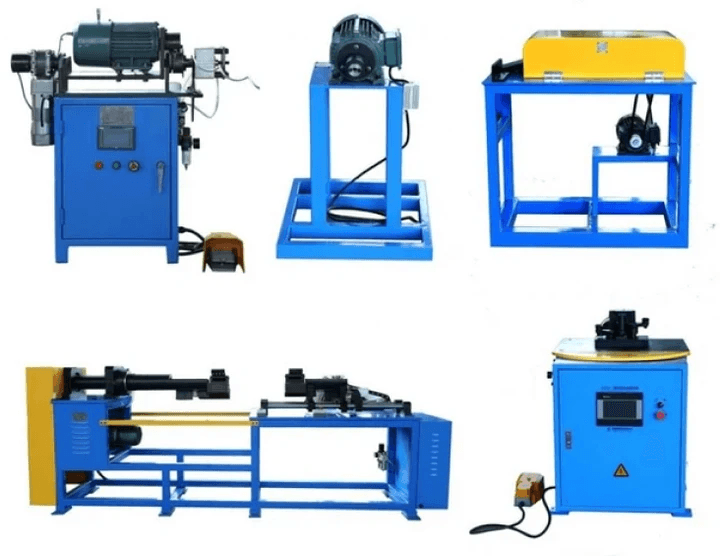
Identifying Risks in Sand Blasting
Identifying risks in sand blasting involves being aware of both environmental and operational factors that could lead to accidents. For instance, the fine particles generated during abrasive blasting can be detrimental if inhaled without proper respiratory protection. Additionally, pressure mismanagement in your sand blast equipment can lead to unexpected bursts or leaks, posing serious dangers not only to the operator but also to nearby personnel.
To avoid these risks, always conduct a thorough risk assessment before starting any project with your sand blast machine. This includes checking for loose clothing that could get caught in machinery and ensuring all safety gear is worn correctly. Remember: vigilance is key; staying alert can prevent many common mishaps associated with abrasive blasting.
Proper Handling of Sand Blast Sand
Handling sand blast sand requires both knowledge and caution since improper management can lead to health issues or accidents. Be sure you know what type of abrasive material you're using; some sands contain silica which is hazardous when inhaled over time. Always opt for safer alternatives when available—after all, your well-being should never be compromised for the sake of convenience!
When searching for sand blast sand near me, make sure you're sourcing from reputable suppliers who prioritize safety standards in their products. Storing your abrasive materials properly is equally important; keep them dry and sealed away from moisture to prevent clumping or contamination that could impair performance during operation. Following these guidelines will help you maintain a safe workspace while maximizing the effectiveness of your sand blasting system.
Emergency Procedures and First Aid
Having emergency procedures in place is essential when operating any kind of heavy machinery like a sand blast machine. In case an accident occurs—whether it's a minor injury or something more severe—it's crucial that everyone on-site knows how to respond quickly and effectively. This includes knowing where first aid kits are located as well as having access to emergency contact numbers readily available.
Training on first aid techniques should be part of regular safety drills among team members who operate abrasive blasting equipment regularly. Ensure everyone knows how to treat common injuries such as cuts or abrasions that might occur from flying debris during operations or exposure-related issues stemming from inadequate protection against dust inhalation. Remember: preparation today means fewer headaches tomorrow!
Maintenance Tips for Longevity
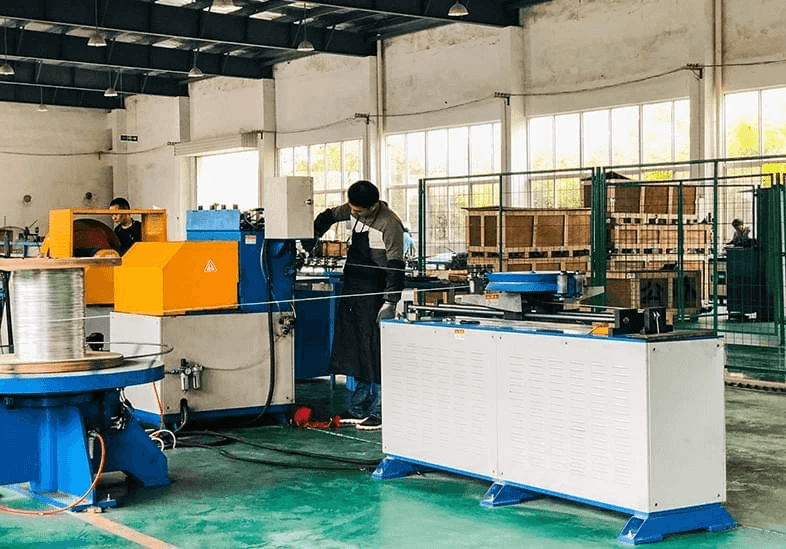
Keeping your sand blasting system in top-notch condition is essential for effective and safe operation. Regular maintenance not only prolongs the lifespan of your sand blast machine but also ensures optimal performance during abrasive blasting tasks. A well-maintained sand blast equipment can save you money in the long run by reducing repair costs and downtime.
Keeping Your Sand Blasting System in Shape
To keep your sand blasting system functioning smoothly, start with a thorough inspection of all components after each use. Look for wear and tear on hoses, nozzles, and fittings—these parts are often subject to heavy stress during operation. Regularly lubricating moving parts and replacing worn-out components will help maintain efficiency and prevent unexpected breakdowns.
Additionally, ensure that the air supply to your sand blast machine is clean and free from moisture or contaminants. Using a quality air filter can make a significant difference in the performance of your abrasive blasting equipment. Remember, a little proactive care goes a long way; it’s better to address minor issues before they turn into major problems.
Importance of Regular Equipment Checks
Conducting regular checks on your sand blast equipment is crucial for maintaining safety standards as well as productivity levels. Schedule routine inspections to assess the integrity of hoses, valves, and pressure gauges—these elements are vital for ensuring that everything operates within safe limits during sand blasting sessions. Not only does this practice enhance safety, but it also helps identify potential issues early on before they escalate into costly repairs.
Moreover, keeping an eye on the quality of your sand blast sand is equally important; using contaminated or subpar materials can lead to poor results and damage to equipment over time. Establishing a consistent maintenance schedule will help you stay organized while ensuring that all aspects of your abrasive blasting system are functioning properly.
Cleaning and Storing Sand Blast Equipment
Proper cleaning after each use is one of the best ways to extend the life of your sand blast machine and its components. After completing a project, remove any residual sand from both the machine's hopper and nozzle areas; this prevents clogging or corrosion that could impair functionality later on. Additionally, wipe down surfaces with appropriate solvents to remove any built-up grime or dust from abrasive materials.
Conclusion
In summary, mastering safe sand blasting techniques is not just about knowing how to operate a sand blast machine; it’s about fostering a culture of safety and responsibility. With the right approach, you can enhance your skills while ensuring that you, your team, and your workspace remain protected from potential hazards. A well-executed sand blasting process can yield excellent results when done safely and effectively.
Mastering Safe Sand Blasting Techniques
To truly master sand blasting, one must understand the intricacies of using a sand blast machine correctly. Familiarizing yourself with the equipment, including the various types of abrasive blasting equipment available, will help you choose the right tools for your projects. Continuous practice and adherence to safety protocols will not only improve your technique but also reduce the risk of accidents during operation.
Finding Quality Sand Blast Equipment
When searching for quality sand blast equipment, it's essential to consider both performance and safety features. Look for reputable suppliers who provide durable and reliable products tailored to your specific needs in abrasive blasting. Whether you're looking for sand blast sand near me or online options, prioritize brands that offer comprehensive warranties and support services to ensure longevity in your investment.
Resources for Further Safety Training
Investing time in further safety training is crucial for anyone involved in operating a sand blasting system. Numerous resources are available online that cover everything from basic operations to advanced safety measures specific to using a sand blast machine. Joining professional organizations or attending workshops can also provide valuable insights into best practices and emerging technologies in the field.

